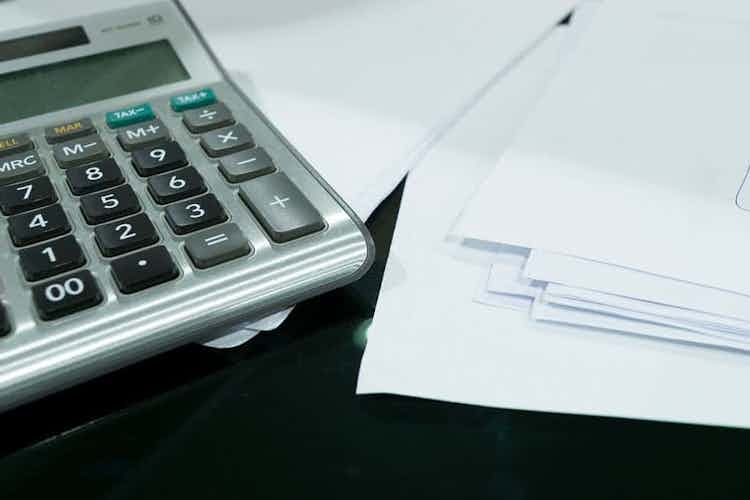Self-invested personal pensions (SIPPs) first emerged back in 1990 when the UK government began to change pension fund/retirement regulations. Further changes have occurred over the years with pension regulations overhauled in 2015. This gave individuals more control over their assets, what they could invest in and drawdown opportunities from aged 55 onwards.
Maximise your retirement fund with our panel of pension providers. Click on your chosen provider to get started!
What is a personal pension?
The simplest way to describe a personal pension is as a tax-efficient wrapper, shielding the funds within from capital gains and income tax. There are two definitive types of pensions, which are known as defined contributions and defined benefits:
- A personal pension is classed as a defined contribution scheme - often referred to as a money purchase pension. Your future income will be based upon the value of your pension fund assets.
- Employer pension schemes have traditionally been defined benefit arrangements, with future pension payments based upon final salary and years in service.
Due to the reduction in annuity rates, the majority of new employer pension schemes are now defined contribution/money purchase schemes. Indeed, many defined benefit schemes have attempted to convert to a defined contribution set-up, to save on long-term pension costs. To cut costs, and encourage employees to transfer to their own defined contribution pension fund arrangements, some employers will offer an enhanced transfer value.
Pension fund contributions
The funding of personal pension schemes is the same across the board. Basic rate taxpayers will receive tax relief of 20%, higher rate taxpayers 40% and additional rate taxpayers can claim up to 45% relief on their pension contributions. Pension tax relief is used to encourage individuals to invest in their own pension funds and reduce long term dependency on the state. This is also one of the reasons why pension regulations have changed dramatically over the years. Individuals now have more control than ever before on how their pension funds are invested and how funds are withdrawn after retirement age.
What is the difference between a personal pension and a SIPP?
There are many factors to consider when comparing and contrasting personal pensions and SIPPs:
- Personal pensions tend to be managed by third parties while SIPPs are self-managed
- There is a greater range of investment opportunities for SIPP holders compared to personal pensions (mostly collective investments)
- Relatively rigid personal pension investment opportunities have helped to keep charges relatively low
- The greater degree of flexibility with SIPPs comes at a price with management charges higher than those for standard personal pensions
While there are different rules and regulations regarding SIPPs, this product is in effect a wrapper around a standard personal pension. You will still:
- Receive tax refunds on contributions
- Income above and beyond the tax-free lump sum element will still attract income tax
- There are still some restrictions on what you can invest in - such as residential property
In many ways, the growing demand for SIPPs was assisted by a significant reduction in annuity rates. These were traditionally the bread-and-butter income options for personal pensions invested in collective funds. As rates fell, pension fund members began to demand greater control over their pension fund assets. This led to the creation of new SIPP products and the transfer of pension assets from standard personal pension collective schemes.
Can you manage your own pension fund?
There are two main differences with regards to traditional personal pension schemes and SIPPs. With a traditional personal pension scheme, the trustees hold the asset on your behalf (often as part of a multimember scheme) and manage the investments. SIPP assets are held within an individual trust for each member, with the SIPP administrator installed as a co-trustee. This is to ensure that SIPP holders abide by the relevant pension laws concerning investments, contributions and withdrawals.
As far as the investment of SIPP funds, individuals can have as little or as much control as they wish. The range of potential investments through a SIPP is significantly more comprehensive than that available via traditional personal pensions. These include:
- Stocks and shares
- Investment trusts
- Government bonds
- Unit trusts
- Gilts
- Exchange-traded funds
- Bank deposits
- Commercial property
- Real Estate Investment Trusts (REIT)
- Offshore funds
While short-term trading is not encouraged with pension fund assets, in a SIPP, the individual has full control over their investments. If the SIPP administrator allows the full range of potential SIPP investments, this can create substantial choice and opportunities.
Unfortunately, you will find that relatively low-cost SIPP administrators might limit investment choice to stocks and shares. As a consequence, if you were looking at commercial property or offshore funds, for example, you may need to look elsewhere for your SIPP administration services. You tend to find that the greater the range of potential investments within your SIPP, the greater the level of charges and management fees.
What age can I start SIPP withdrawals?
Current pension regulations state that you can start taking pension payments from your SIPP after turning 55. This can vary for collective personal pension schemes and will depend upon the scheme rules. At that point, you can withdraw a tax-free lump sum, equivalent to 25% of your SIPP value. Historically, collective personal pension schemes would allow tax-free withdrawal and the balance was usually invested into an annuity to provide long-term fixed income. However, as we touched on above, the significant decline in annuity rates forced the authorities to review pension regulations.
Therefore, there is no obligation to acquire an annuity once you start withdrawing funds from your SIPP. You can take a lump-sum payment immediately, defer this, or take regular or ad hoc payments in the future. While SIPP funds can still be invested into retirement, many people take a more cautious approach with their investment strategy in later years. It’s important to note that above and beyond the 25% tax-free lump sum, any pension withdrawals will be subject to income tax regulations.
Managing pension assets for the future
When looking at the difference between a collective personal pension fund and a SIPP, many people may be attracted by the enhanced range of investment opportunities. However, it is crucial not to lose sight of the long-term goal - building a pension fund for your future. When it comes to pension investments in general, there tend to be three different investment phases:
- Bias towards long-term capital growth in the early years
- Mixture of income and capital growth in the mid period
- An increased level of income-based investments in later years
You must protect the value of your pension fund as you approach and move into the drawdown phase. For many people, payments from their pension fund will represent the lion’s share of their long term income.
Understanding self-invested personal pensions
Since the introduction of SIPPs back in 1990, they have continued to grow in popularity. The ability to take more control of pension fund investment choices has attracted many people. However, this is not an excuse to take on a high-risk/potentially high reward investment strategy. Pension fund assets should be invested for the long term. After all, for the vast majority of people, they will provide a vitally important income stream for the rest of their life.







